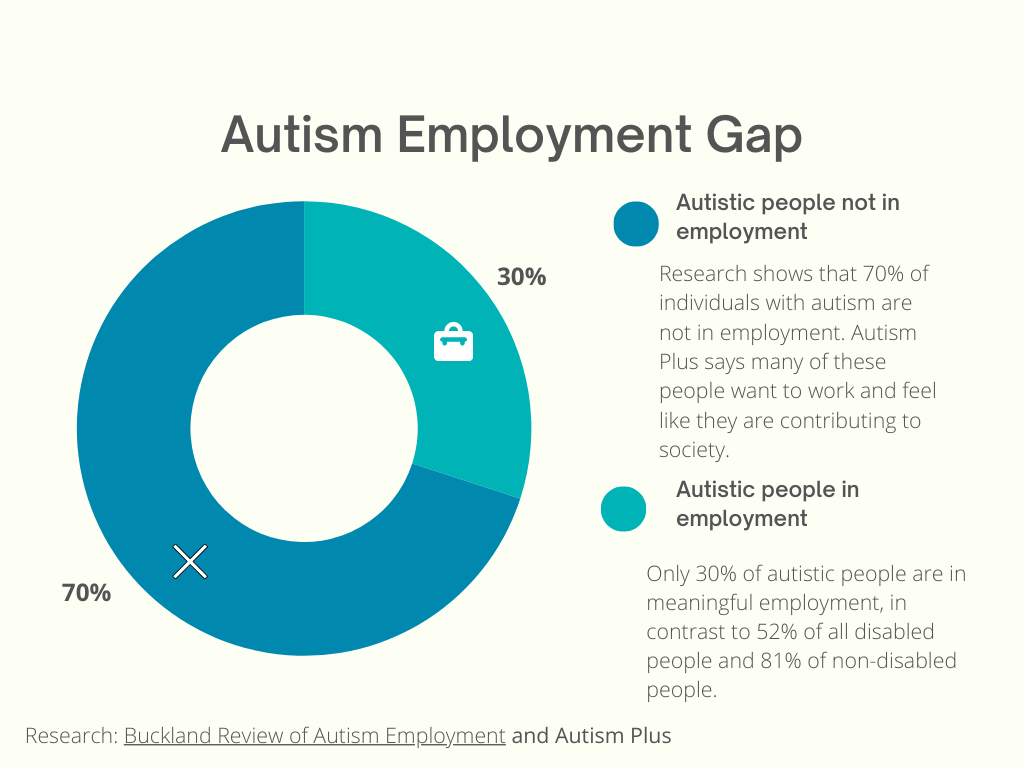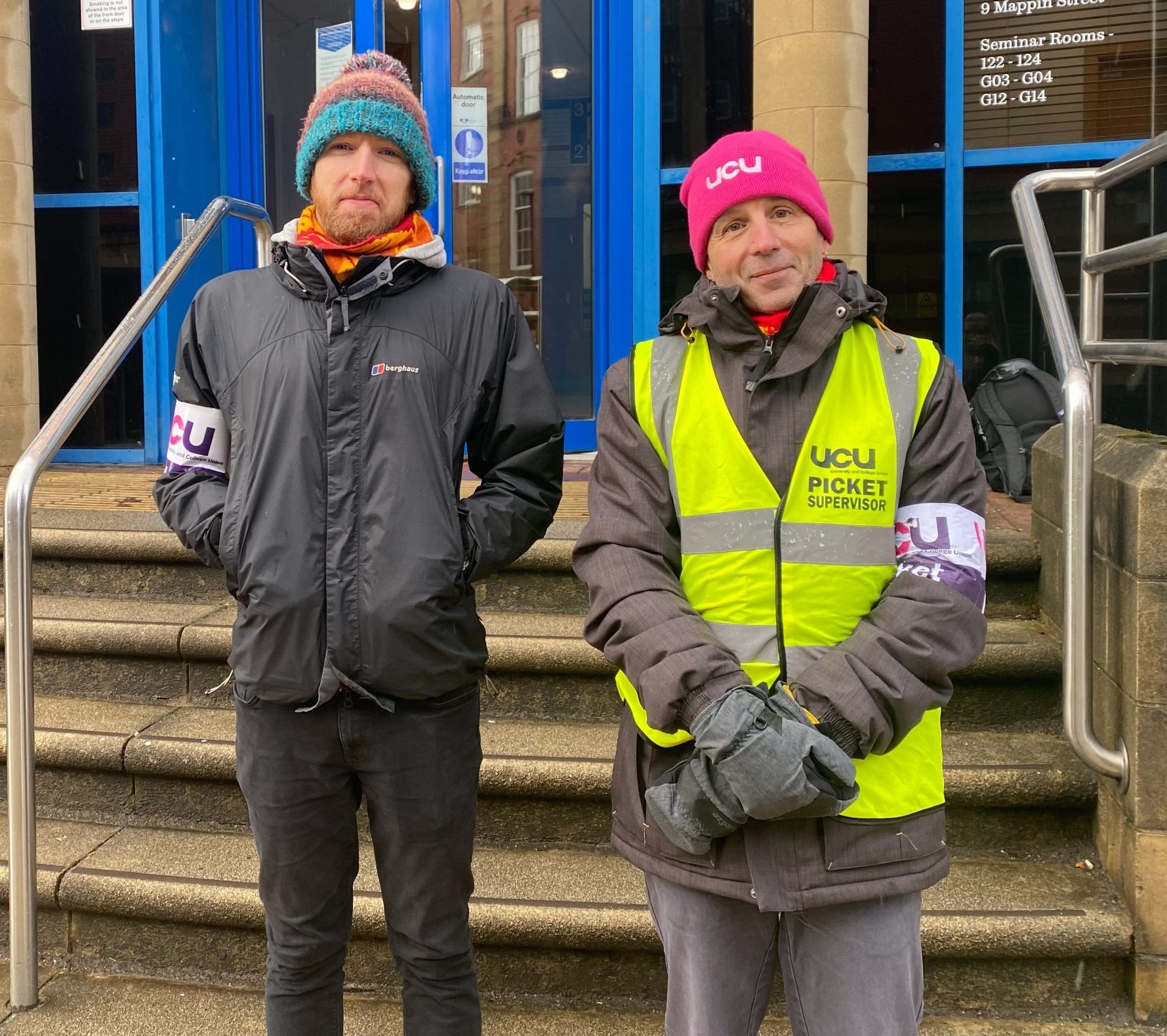Only three in 10 autistic adults are in work meaning those with the condition face worse prospects than any other group of disabled people,
The statistics revealed as part of the Buckland Review of Autism Employment say this compares with half of all disabled people and eight in 10 non-disabled people.
The review showed that many autistic people want to find meaningful employment, but the support and funding is not available.
Tynisha Abdy, a fitness instructor from Ripon, was diagnosed with autism at the age of 12 after 10 years of her mum trying to get her a diagnosis.
She said: “Because I proved I am quite high functioning, I’m quite capable of most things, and I mask it well, school said I was fine and there’s nothing wrong with me.
“Obviously, when I was in my home setting, it showed up most. That’s why it took so long for me to get a diagnosis, because no-one believed I had it.”

After leaving school, she had a string of jobs, ranging from waitressing to working at an admissions booth at a theme park.
Now 21, Tynisha says: “I’ve had so many jobs, and that’s one of the issues. I can’t maintain nine-to-five regular jobs. It’s just too challenging, or the hours are too long, or they are not accommodating enough for me to be able to fully function, so I’ve never been able to hold one down.”
What is the autism employment gap?
The Buckland Review of Autism Employment highlights that the biggest barrier to accessing employment for autistic people is a lack of understanding and negative stereotypes.
The report found around one third of autistic employees felt unable to discuss their adjustment needs at all, and those who did request adjustments, over a quarter were refused and more than one in ten found the adjustment was poorly implemented.
Interviews and application processes are rarely adapted to suit the needs of autistic people, and many autistic jobseekers face barriers such as unclear interview questions and vague job descriptions.

How can the autism employment gap be closed?
The review found that employers and managers often report poor knowledge of autism and feel under-prepared to identify and implement adjustments for autistic people.
Following the lack of understanding and support Tynisha faced across various workplaces, she is petitioning for at least one person to be trained in Level 2 Understanding Autism in all companies, schools, and public services.
So far, she has gained 296 of the 10,000 signatures needed for the government to acknowledge the petition.

Alongside her current role, Tynisha is the CEO of Visible Autism, a platform which she uses to share her everyday life as an autistic person.
She said: “I want to show people that I can do normal things. Just because I am autistic, it doesn’t mean I can’t do it, I just do it in a different way.”
Tynisha designed the company’s logo, a large A, with hopes for it to become the national symbol for autism.

She says: “I want people to know that when they see the logo in a shop window or on public transport, that there are people trained in autism awareness.”
Mel Merritt, Head of Policy and Campaigns at the National Autistic Society, said: “It’s extremely worrying that waiting lists for an autism assessment in England have increased by 47% in the last year. There are now more than 172,000 people potentially struggling without the right help and support in their daily lives.
“The Government promised to make significant progress in reducing diagnosis waiting times in its autism strategy, but these figures make clear how in fact the complete opposite is happening.
“Autistic people shouldn’t miss out on vital support, or even develop mental health problems and end up in crisis, because they haven’t received the timely assessment that they’re entitled to.
“Without urgent long-term funding for diagnosis services, waiting lists will continue to rise. The Government must keep its promise and invest in the support and services that autistic people and their families need.”
To sign the campaign, click here




